
Japan has emerged as a global sanctuary for regenerative medicine, offering advanced stem cell therapy for cerebral palsy backed by the rigorous safety standards of the 2014 PMD Act. Unlike many nations where stem cell therapy is unregulated, Japan’s Ministry of Health, Labour and Welfare (MHLW) strictly oversees clinic licensing and cell processing.
For families navigating the complex landscape of Cerebral Palsy (CP) treatment, Japan represents a unique intersection of cutting-edge technology and rigorous government oversight. While traditional therapies focus on symptom management, stem cell therapy in Japan targets the root cause—repairing damaged neural tissue.
Japan is the birthplace of induced Pluripotent Stem Cells (iPSCs), discovered by Nobel laureate Shinya Yamanaka. This culture of innovation has fostered a medical environment where stem cell therapy for cerebral palsy Tokyo Japan and other major hubs is not just an experimental concept, but a regulated medical practice. Patients traveling here access distinct advantages:
-
Safety: Clinics must hold specific licenses to process and administer cells.
-
Technology: Advanced cell expansion technologies that increase cell viability.
-
Legality: One of the few developed nations with a clear legal framework for regenerative medicine.
Key Takeaways
Japan offers a premium, highly regulated environment for stem cell therapy, while Turkey and Mexico provide cost-effective alternatives.
-
Global Safety Leader: Japan’s regenerative medicine laws (PMD Act) are the strictest in the world, ensuring that any stem cell therapy cerebral palsy Tokyo Japan package meets high safety standards.
-
Treatment Protocols: Japanese clinics typically utilize autologous (patient’s own) or allogeneic (donor) Mesenchymal Stem Cells (MSCs) and are pioneering iPSC research.
-
Cost Efficiency: While Japan is pricier than developing nations, it is 30-50% cheaper than comparable treatments in the USA (when available).
-
Typical Package Inclusions: Medical fees, cell processing, pre-op testing, translation services, and post-op follow-up.
Cost Comparison: Cerebral Palsy Stem Cell Packages
The following table outlines average estimated costs for comprehensive treatment packages.
|
Country |
Average Package Cost (USD) |
Regulatory Body |
Key Advantage |
|---|---|---|---|
|
Japan |
$20,000 – $40,000 |
MHLW / PMD Act |
Highest Safety & Technology Standards |
|
Turkey |
$6,000 – $15,000 |
Ministry of Health |
Best Cost-to-Value Ratio & Hospitality |
|
Mexico |
$7,000 – $20,000 |
COFEPRIS |
Proximity to USA & Affordability |
|
South Korea |
$12,000 – $30,000 |
MFDS |
Advanced Cosmetic & Neural Tech |
|
USA |
$50,000+ |
FDA (Strict/Limited) |
Clinical Trials Only (Mostly) |
How Stem Cell Therapy for CP Works
Stem cells act as a repair system for the brain, migrating to damaged areas to reduce inflammation and stimulate the growth of new neural connections.
Cerebral Palsy is caused by damage to the developing brain, leading to motor impairment. The goal of stem cell treatment for cerebral palsy is not to "cure" the condition entirely but to improve the quality of life significantly.
Mechanism of Action
-
Neuroprotection: Stem cells secrete factors that protect existing brain cells from further damage.
-
Immunomodulation: They reduce chronic inflammation in the brain (neuroinflammation), which is common in CP.
-
Angiogenesis: They stimulate the formation of new blood vessels, improving oxygen flow to brain tissue.
-
Neurogenesis: In some cases, they may differentiate into new nerve cells or support the repair of the myelin sheath.
Types of Cells Used in Japan
-
Mesenchymal Stem Cells (MSCs): Harvested from umbilical cord tissue, adipose (fat) tissue, or bone marrow. These are the most common due to their high safety profile and potent anti-inflammatory properties.
-
Induced Pluripotent Stem Cells (iPSCs): Adult cells reprogrammed to an embryonic-like state. While largely research-focused, regenerative medicine Osaka Japan cost structures are increasingly influenced by iPSC breakthroughs.
Global Comparisons: Japan vs. Turkey vs. Mexico
Choosing a destination depends on your budget, risk tolerance, and desire for specific regulatory oversight.
Japan vs. Turkey
Cerebral palsy treatment Istanbul Turkey price points are significantly lower than Japan. Turkey has invested heavily in medical tourism infrastructure, with massive hospital complexes (like Medical Park or Liv Hospital) that rival 5-star hotels.
-
Choose Japan if: You prioritize strict government oversight and "First World" medical standards over cost.
-
Choose Turkey if: You need a budget-friendly option ($6,000–$11,000) without sacrificing hospital quality. Stem cell therapy cerebral palsy Istanbul Turkey packages often include free hotels and transport.
Japan vs. Mexico
Stem cell therapy cerebral palsy Tijuana Mexico cost effectiveness drives thousands of North American patients across the border.
-
Choose Japan if: You are seeking advanced cell processing (e.g., cell expansion) that might be more regulated than in some Mexican border clinics.
-
Choose Mexico if: You live in the US/Canada and want to avoid long-haul flights. Costs are generally $8,000–$15,000.
Candidacy and Eligibility
Not every patient is a candidate; eligibility depends on age, severity of CP (GMFCS score), and overall health.
Japanese clinics typically require a thorough review of medical records before acceptance.
-
Age: Children between 2 and 10 years old often show the most significant improvements due to higher neuroplasticity.
-
GMFCS Score: Patients with Gross Motor Function Classification System scores of II to IV are often ideal candidates.
-
Contraindications: Active infections, history of cancer, or severe uncontrolled epilepsy may disqualify a patient.
The Procedure: What to Expect
The process in Japan involves cell harvesting (or thawing), processing in a high-tech lab, and minimally invasive administration.
-
Consultation & Testing: MRI review, blood tests, and physical evaluation.
-
Cell Preparation: If autologous, tissue is harvested (fat or bone marrow). If allogeneic (Umbilical Cord), cells are thawed from a master bank. Japan’s cell processing centers (CPCs) are sterile, clean-room environments.
-
Administration:
-
Intravenous (IV): Most common. Cells are dripped into the vein to address systemic inflammation.
-
Intrathecal (Lumbar Puncture): Injected into the spinal fluid to bypass the blood-brain barrier. Common in stem cell treatment for CP Istanbul Turkey and increasingly used in Japan for neurological cases.
-
-
Observation: The patient is monitored for allergic reactions (rare).
Expert Insight:
"The success of stem cell therapy relies heavily on the 'homing' ability of the cells—their capacity to find the damaged tissue. Japanese clinics often use high-dose protocols (millions of cells per kg) to maximize this effect."
Recovery and Rehabilitation
Stem cells open the window of opportunity; rehabilitation climbs through it. Intensive therapy is crucial post-treatment.
Japanese packages often emphasize the importance of "neuro-rehabilitation" immediately following the transplant.
-
Timeline: Most families stay in Japan for 1 to 2 weeks.
-
Therapies: Physical therapy (PT), Occupational therapy (OT), and sometimes hyperbaric oxygen therapy (HBOT) are recommended to activate the new cells.
-
Follow-up: Long-term follow-up is conducted via telemedicine to monitor GMFCS improvements.
Risks and Safety Regulations
Japan’s Act on the Safety of Regenerative Medicine (ASRM) provides a safety net rarely found elsewhere.
While stem cell therapy is considered safe, no medical procedure is risk-free.
-
Common Side Effects: Low-grade fever, headache (especially after lumbar puncture), or temporary nausea.
-
The Japanese Advantage: Under the ASRM, every clinic offering regenerative medicine Osaka Japan or Tokyo services must submit their treatment plans to a government-certified committee for review. Unlicensed practice is a criminal offense.
Cost Breakdown: Stem Cell Therapy in Japan
Understanding where the money goes helps justify the premium price tag of Japanese healthcare.
|
Expense Category |
Estimated Cost (USD) |
Notes |
|---|---|---|
|
Stem Cell Procedure |
$15,000 - $30,000 |
Includes cell expansion, processing, and doctor fees. |
|
Pre-op Testing |
$1,000 - $2,500 |
MRI, blood work, genetic screening. |
|
Hospital Stay |
$300 - $800 / night |
Private rooms in Tokyo/Osaka hospitals. |
|
Translation |
Included or $500+ |
Most international packages include a medical interpreter. |
|
Visa Support |
Included |
Assistance with Medical Visa (Type B). |
Did You Know? Japan utilizes a "Conditional Approval" system for regenerative products, allowing promising therapies to reach patients faster than the US FDA process, provided safety is confirmed. This "Sakigake" strategy is why treatments are available here years before Western approval.
Frequently Asked Questions (FAQ)
What is the success rate of stem cell therapy for cerebral palsy in Japan?
While "success" varies by severity, clinical data suggests that 60-70% of patients experience improvements in muscle tone, fine motor skills, or cognitive awareness. Japan's high-quality cell processing often correlates with better outcomes compared to unregulated regions.
Is stem cell therapy for cerebral palsy legal in Japan?
Yes, it is fully legal and highly regulated. Clinics must operate under the Act on the Safety of Regenerative Medicine (ASRM) and hold a license from the Ministry of Health. Always verify a clinic's license number before booking.
Why is stem cell therapy cheaper in Turkey than Japan?
Lower labor costs, government subsidies for medical tourism, and favorable exchange rates make the cerebral palsy stem cell package Istanbul Turkey significantly cheaper. However, Japan offers stricter regulatory oversight on cell culturing.
Can I get a refund if the treatment doesn't work?
No medical procedure guarantees results, and refunds for lack of efficacy are standardly not offered. However, reputable clinics will be transparent about expected outcomes based on your child's specific case.
Do I need a medical visa for Japan?
Yes, for prolonged medical treatment, international patients usually apply for a "Visa for Medical Stay." Accredited medical coordinators (guarantors) in Japan assist with this process.
What is the difference between Umbilical Cord and Bone Marrow stem cells?
Umbilical Cord (allogeneic) stem cells are "younger," more potent, and do not require a painful harvesting procedure from the patient. Bone Marrow (autologous) cells come from the patient, eliminating rejection risk, but require extraction surgery.
Take the Next Step with PlacidWay
Navigating the options for Cerebral Palsy Stem Cell Therapy can be overwhelming. Whether you are leaning towards the high-tech, regulated environment of Tokyo, Japan, the cost-effective excellence of Istanbul, Turkey, or the convenient proximity of Mexico, PlacidWay is your trusted partner.
We connect you directly with:
-
Certified Clinics: Only facilities that meet international safety standards.
-
Transparent Quotes: Compare stem cell therapy cerebral palsy Tokyo Japan costs against Turkey and Mexico instantly.
-
Comprehensive Packages: We help you find packages that include treatment, accommodation, and translation.


.png)
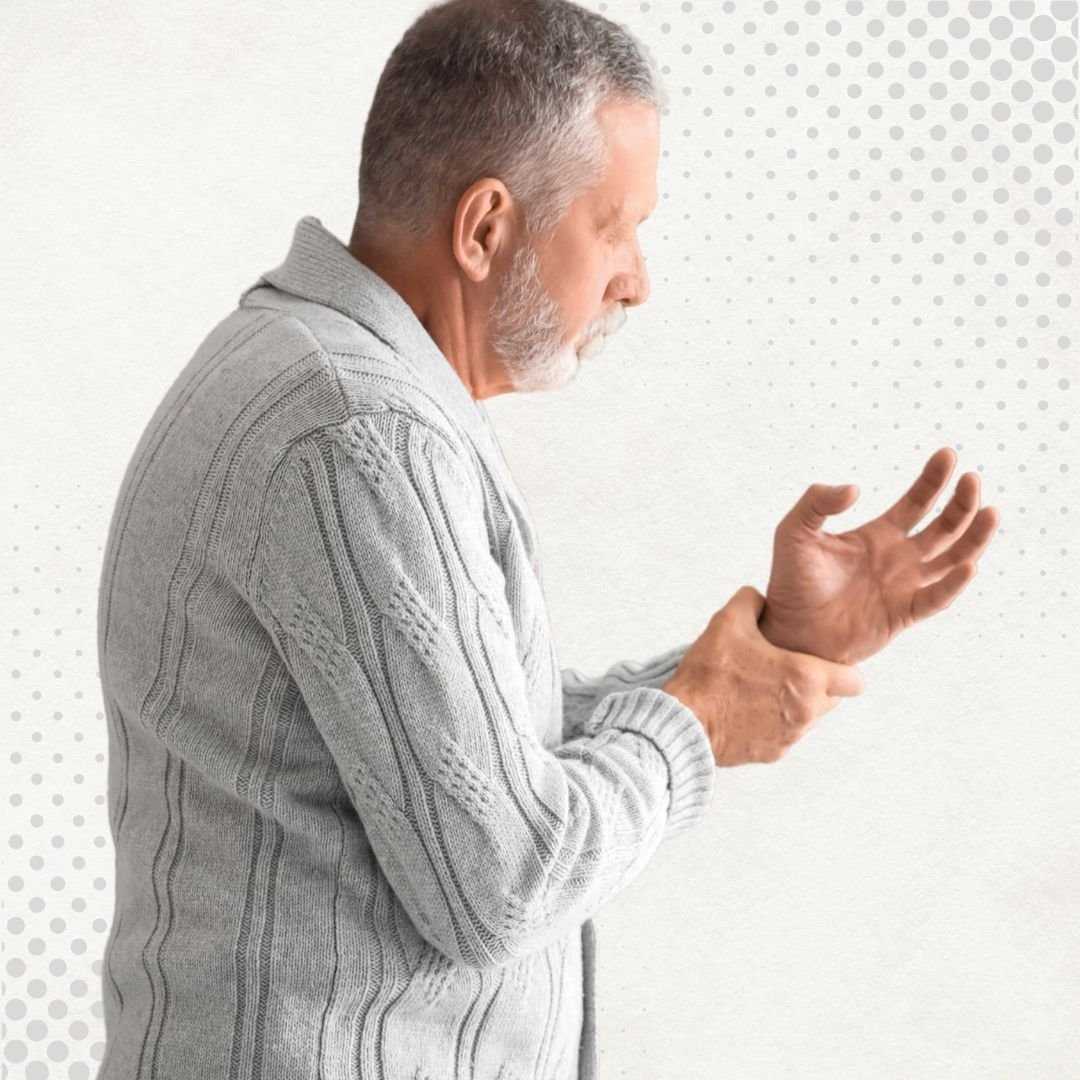
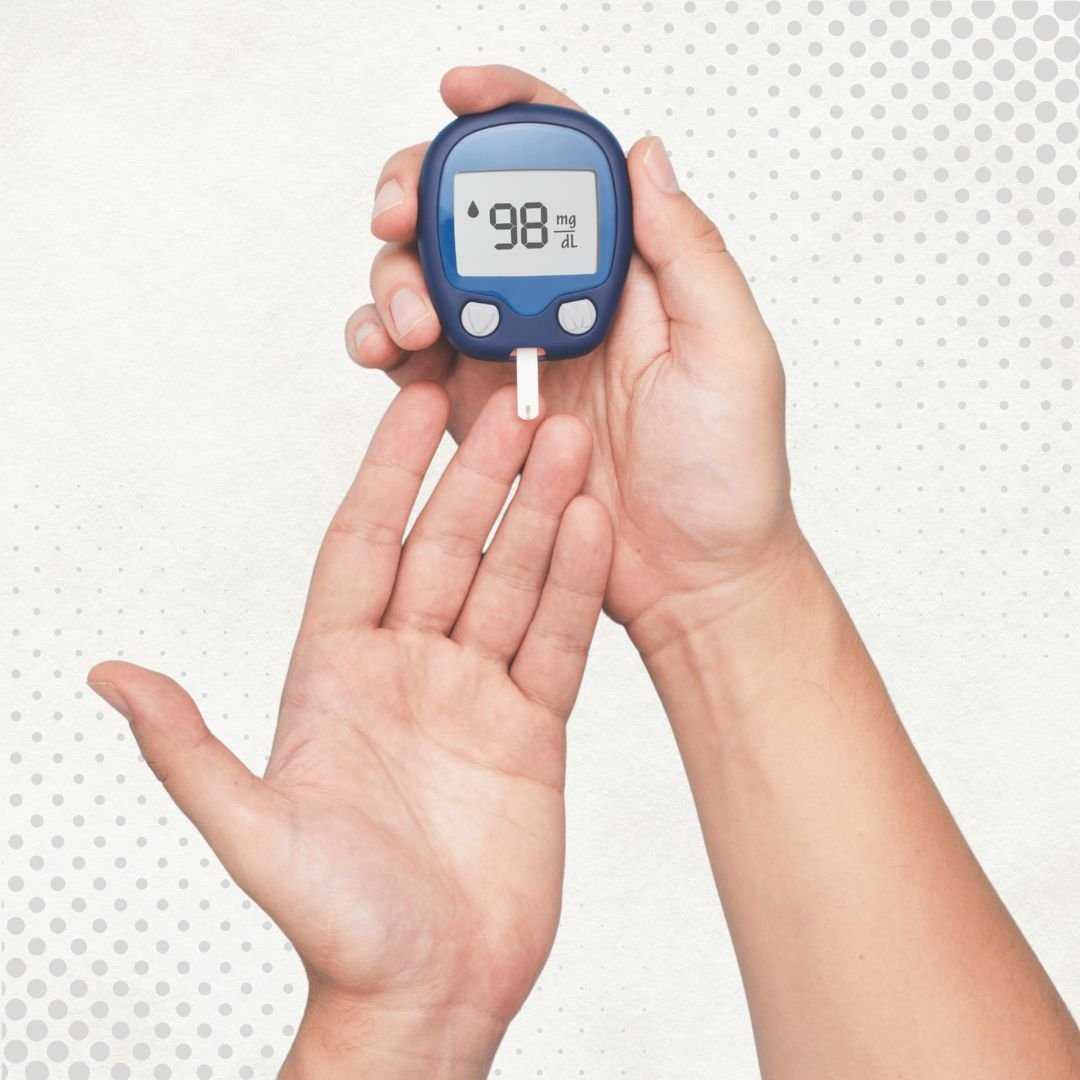

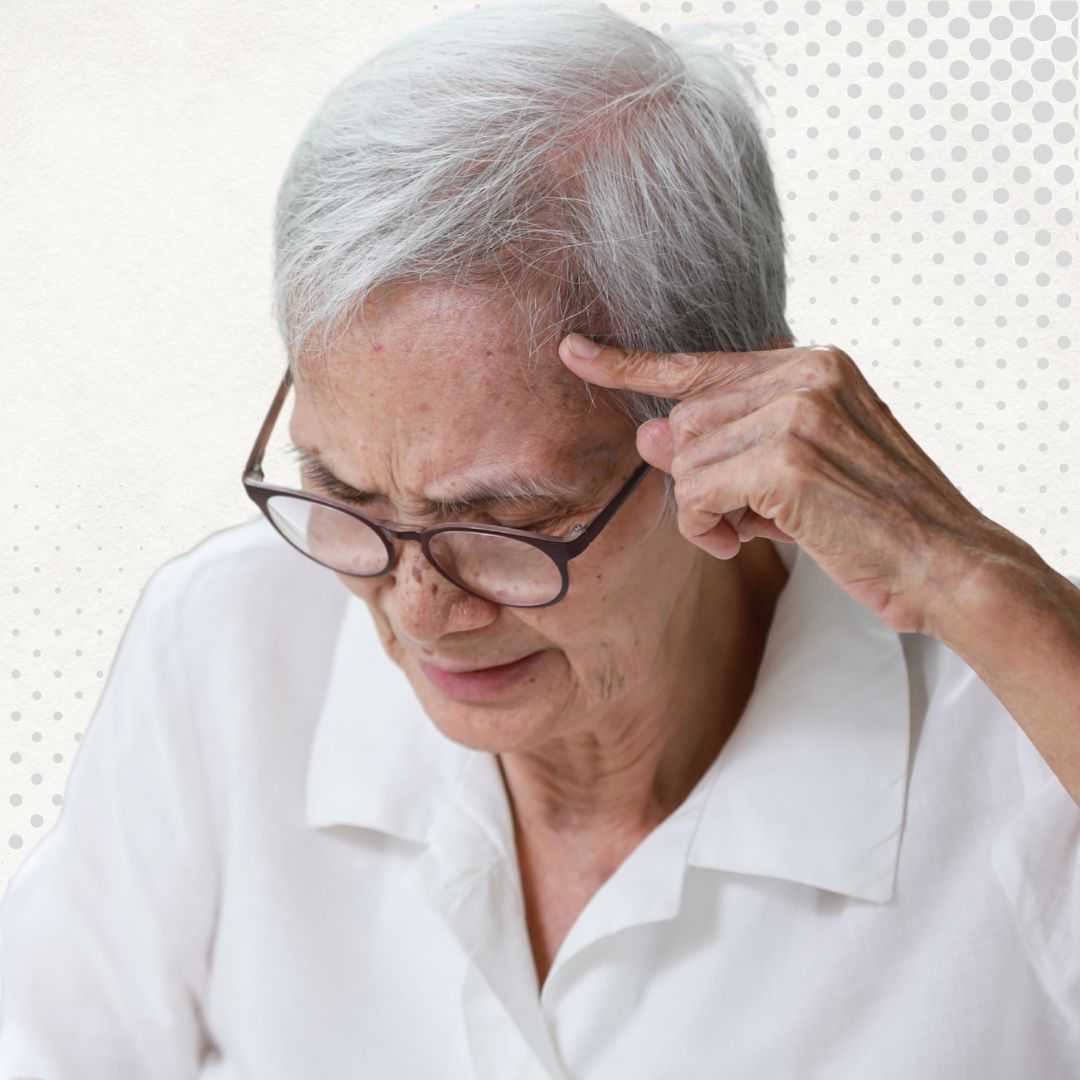
.jpg)

.png)
.png)
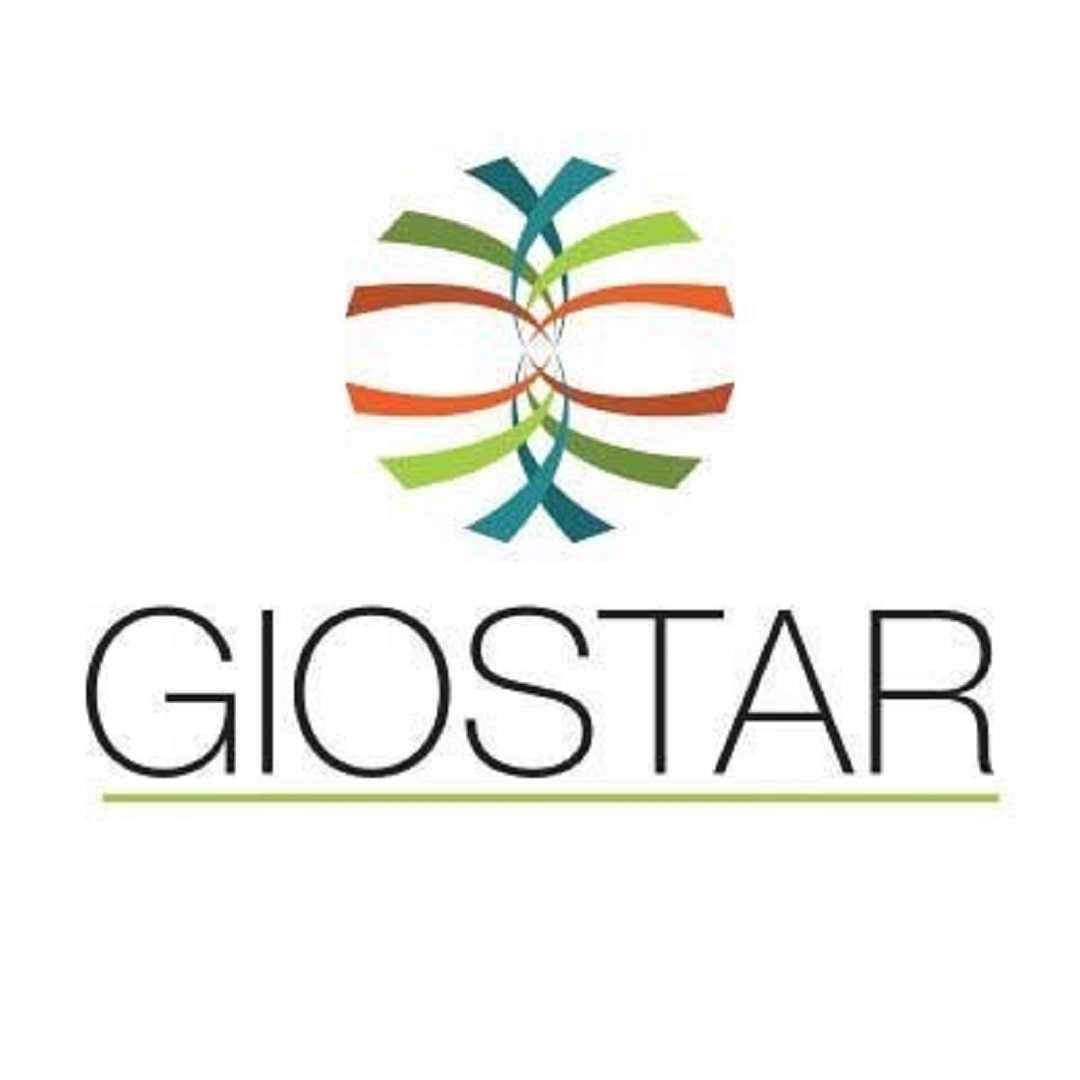

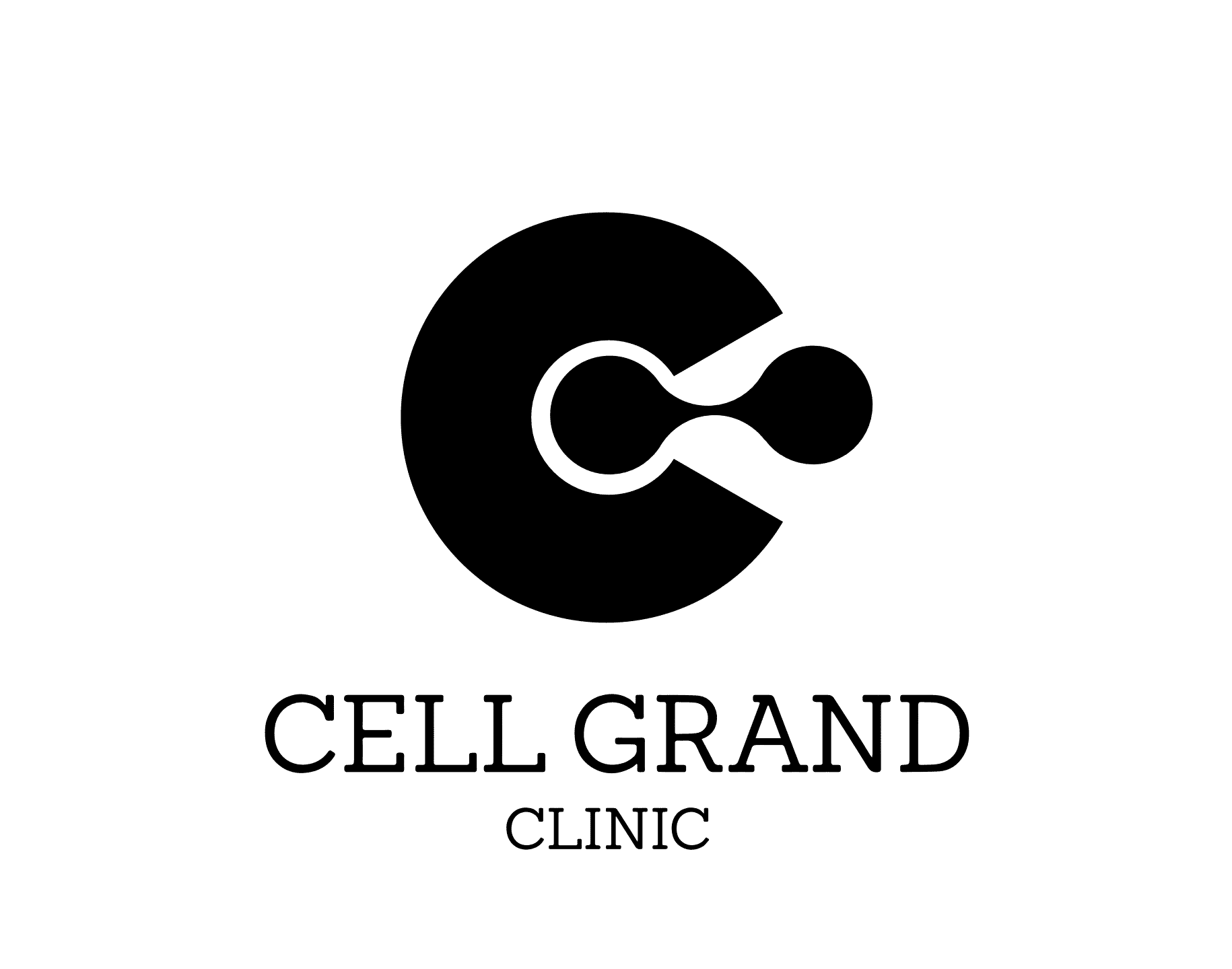
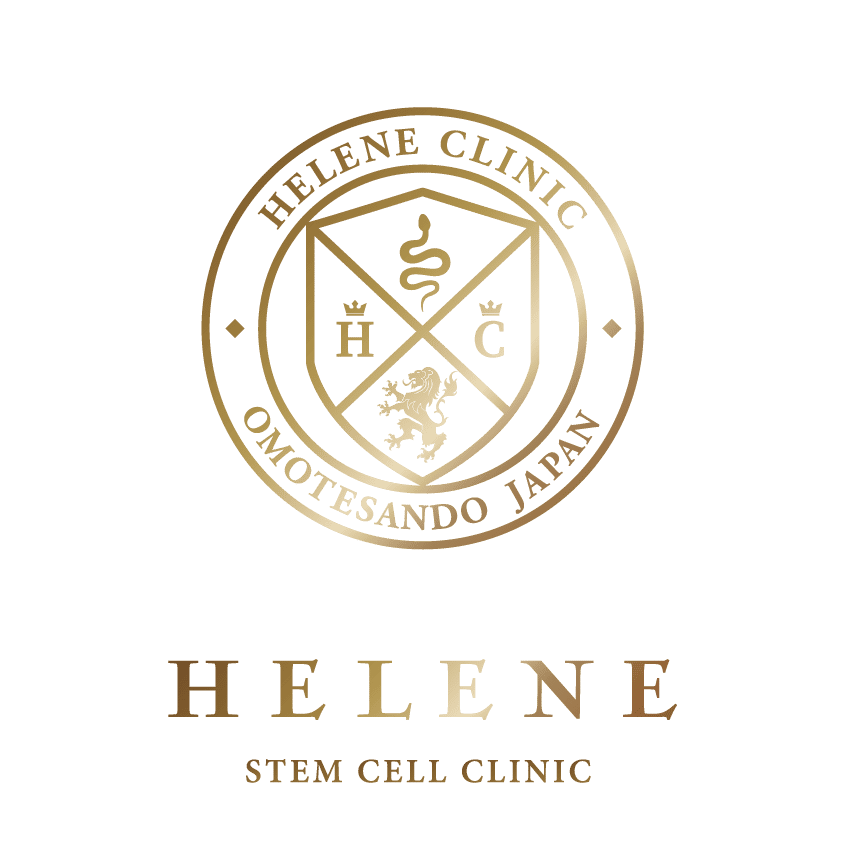

Share this listing